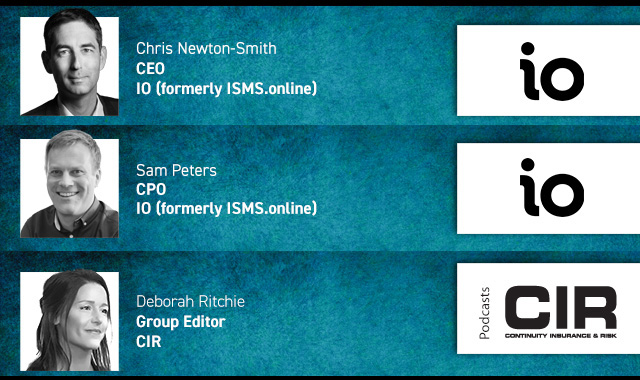A growing number of local authorities are reportedly struggling to ‘balance the books’. Austerity has been with local government for eight years. Many council officers have identified that this point has been arrived at by a gradual process that has chipped away at the essence of local authorities – the services they deliver and the structures they use to do so. The accumulative effect, built up over years of budget cuts, adds to the anticipation around setting a sustainable budget. That becomes an ever more challenging prospect to finance managers, with higher risk levels and an increasing need to support the resilience of public authorities.
As a number of finance managers have stated, although the end of austerity has been declared by central government, the real effect of service reductions has yet to be felt, with many still in the pipeline. A net effect of this is an increasing expectation on remaining staff to fill the gaps from staff reductions.
It is a stressful situation. Stress in the workplace is real and affects people in different ways. It also increases the risk of mistakes. Most organisations have a Stress at Work policy but does everyone really understand and manage it? The long-term effects of a stressed workforce may not be immediately obvious, but they will materialise. Senior leaders need to consider the resilience of their organisation into the future.
Austerity may be officially over, but for many a bright future still seems remote. A secure future comes down to the right planning and the right assessment of risk. Without looking to the future through scenario planning and assessing the risks and opportunities open to you, how do you know you have a future? Organisational resilience, as well as personal resilience, is the key. In addition to a robust risk management approach, a considered and tested business continuity plan underpins this. The challenges faced in winter, such as weather-related disruption or flu-related absence, show just how important business continuity is; and that with appropriate planning and workforce resilience, service delivery need not be placed at further risk than it has been already.
This viewpoint was published in the January 2019 issue of CIR Magazine.
Download as PDF
More viewpoints, interviews and analysis
Contact the editor
Follow us on Twitter
Printed Copy:
Would you also like to receive CIR Magazine in print?
Data Use:
We will also send you our free daily email newsletters and other relevant communications, which you can opt out of at any time. Thank you.












YOU MIGHT ALSO LIKE